Light in a fairly dark place: that’s what the new Mini Countryman promises for keener drivers like us.
It’s a touch harsh to suggest that the market for pseudo-SUV crossover hatchbacks has been murky or uninviting in its infancy. An army of customers has already jumped into it with both feet, after all. But it certainly hasn’t been illuminated by the kind of car that might tempt the hitherto uninterested or unconvinced with a driving experience to get excited about.
So can this Mini, in 189bhp Cooper S form, change that? With an Audi Q2 Sport and a Nissan Juke Nismo RS ready to provide some competition, now comes the chance to prove itself.
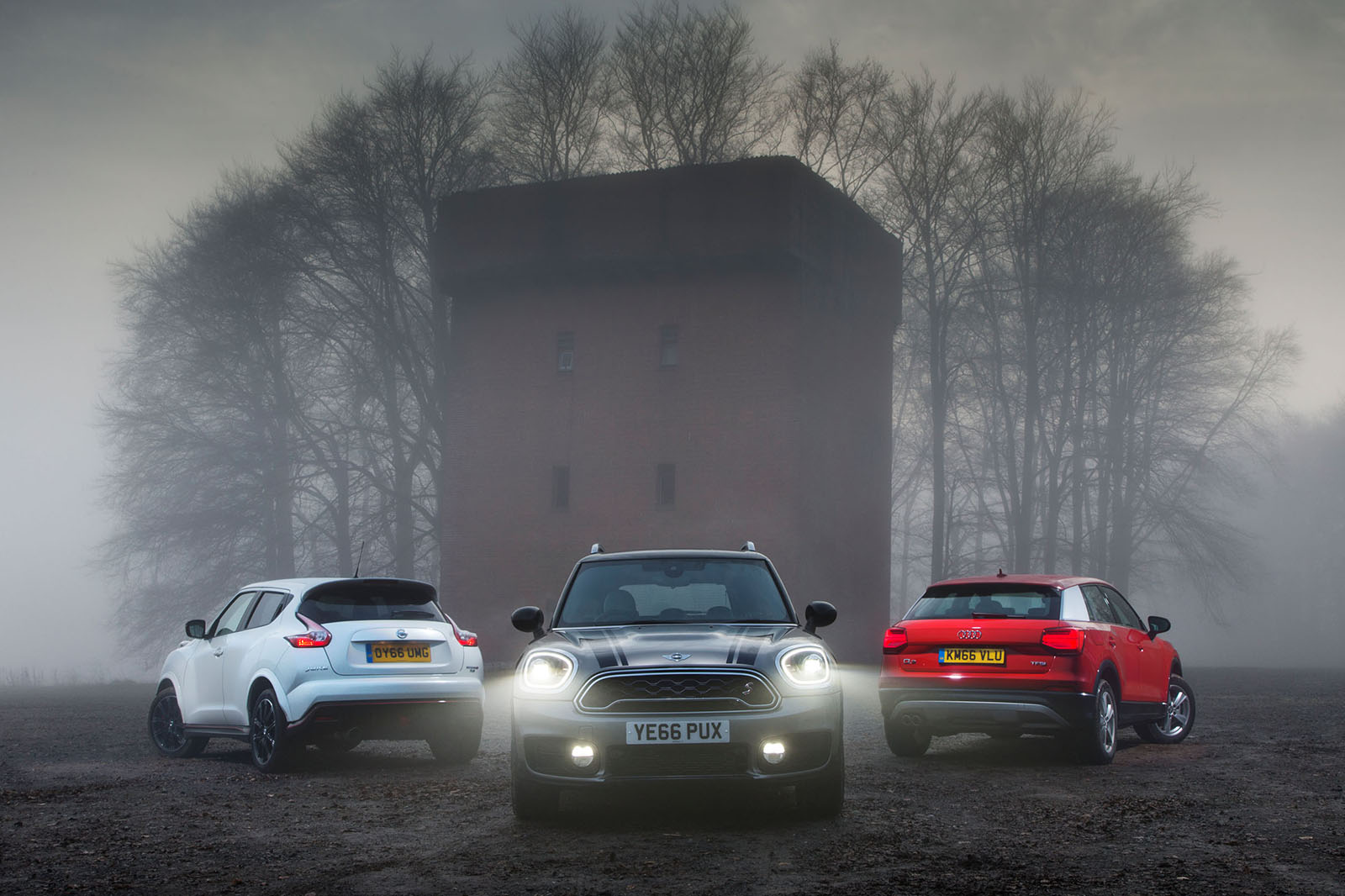
There is debate to be had along several lines where the Countryman is concerned, not least about exactly what kind of car this is, whether it’s exactly what its maker needs right now and whether we’d all more accurately regard it as a ‘normal’ family hatchback rather than the ever so trendy crossover that Mini calls it. But those are questions for another day. A full road test on the Countryman is coming and will leave no query unanswered. Today, we simply want to know how much entertainment there is to be enjoyed by the Countryman driver – and whether it’s enough to elevate the car to a level of esteem thus far unknown to its ilk. Does the Countryman finally make the crossover hatchback fun?
If it does, it’ll be succeeding where several of its rivals have stuttered or failed – or just declined to bother trying in the first place. The closest of those rivals, the Q2, came along late last year and promised a more invigorating drive than the L crossover norm, to complement its neat, stylised looks and downsized dimensions. When we road tested it, we were left a little cold by its driver appeal, but this will be our first chance to assess the car back to back against two rivals. In other markets, the Q2 is available in 187bhp 2.0-litre turbocharged petrol form, which would have been a perfect combatant for the Countryman Cooper S. But Audi UK isn’t offering the top-of-therange petrol version, and the 148bhp 1.4-litre TFSI tested here is the next most vivacious option.
Providing some stiffer competition will be the Juke Nismo RS, a crossover that can be accused of many things, as you’ll soon read, but not a lack of commitment to the performance cause. With a peak of 215bhp from 1.6 litres, it’s the quickest-accelerating and most powerful car of the trio on paper – a fact you’ve probably guessed from its relatively aggressive-looking spoilers, sills and wheel arch spats.
The Juke Nismo RS and its slightly milder forerunner, the Juke Nismo, were intended to relaunch Nissan’s Nismo performance brand in Europe, a project about which we’ve heard little since the hotter of the pair was introduced in 2015. Although we noted some fairly stark problems with Nissan’s realisation of a hottedup crossover when we road tested the car two years ago, we didn’t deny that it had plenty of genuine character, purposefulness and likeability. That charm should be as useful a test for the Mini as any it’ll face today, I reckon.
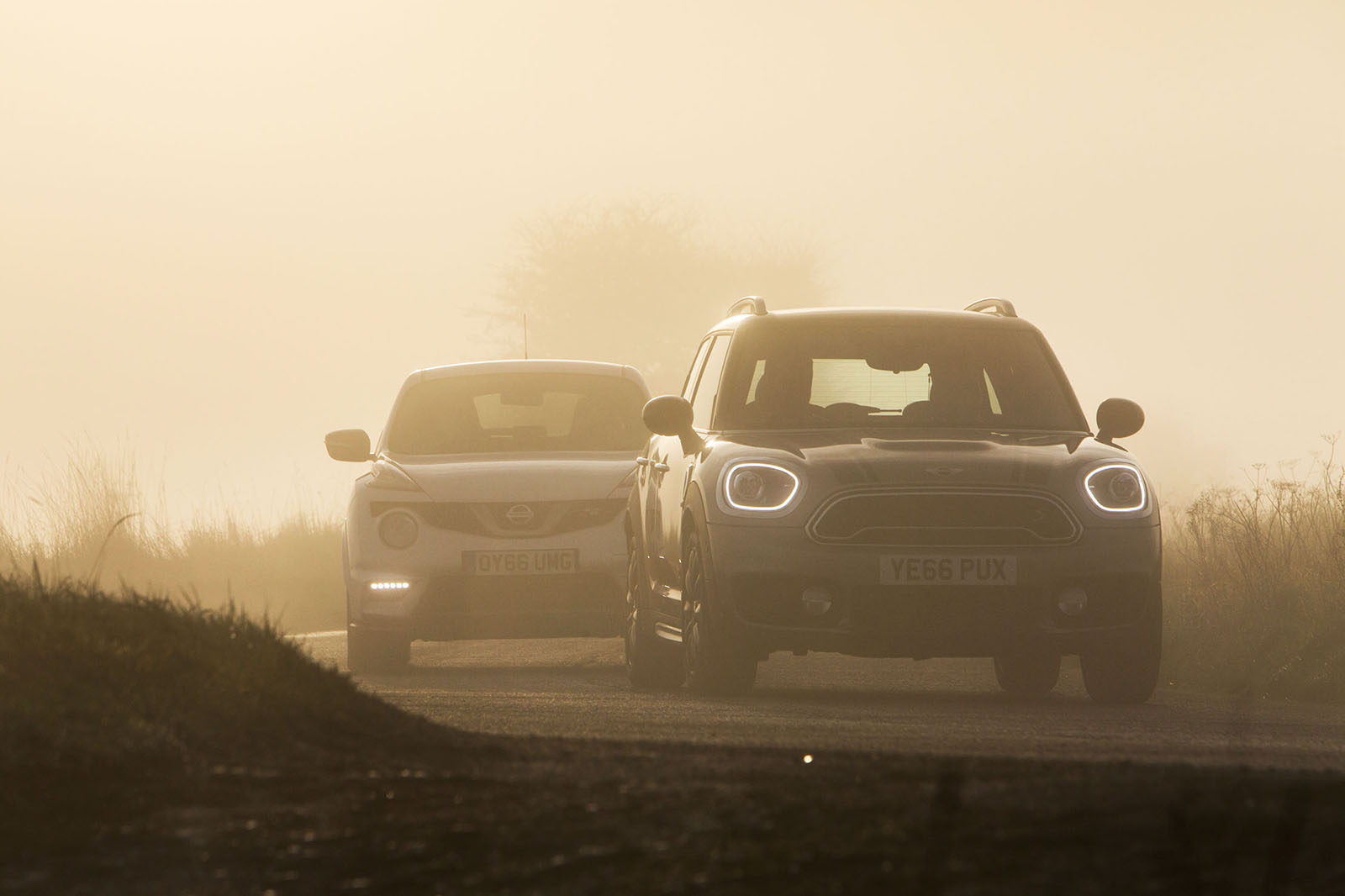
The Countryman Cooper S that Mini supplied for this exercise has two driven axles and an eightspeed automatic gearbox, while its competitors make do with front-wheel drive and manual transmissions. All three are available with four-wheel drive and a twopedal layout (but only if you’re prepared to drive a diesel in the Q2’s case). Had all three been available in like-for-like front-wheel-drive manual guise, though, there would have been less than £2000 between their respective showroom prices – and any one of ’em could have been bought for less than £25,000.
STRONG-ARMED TACTICS
Strong petrol engines remain scarce commodities around this part of the new car market. Perhaps it has been assumed that crossover buyers care more about style, practicality or convenience than a zesty turn of speed; or at least that, with economy in mind, those who are prepared to pay extra for a bit of pace will prefer a diesel. Whatever the reason, you can count the petrol engines in this class that offer more than about 150bhp on the fingers of one hand.
It’s a context that could have been made for a modern Mini to thrive in, given the emphasis that owner BMW has put on under-bonnet strength for its British brand these past 17 years. And sure enough, the Countryman zips into the frame with the same range of engines that power the Clubman, among them the 189bhp 2.0-litre turbo petrol in our Cooper S, with even more powerful plug-in hybrid petrol-electric and John Cooper Works versions still to come. And on the road, the Mini’s engine wastes no time in demonstrating its superiority to the other two here.
The Juke Nismo RS may have the most powerful engine here and the quickest claim for 0-62mph acceleration but, in practice, its power delivery is decidedly peaky. It’s heavy with turbo lag at low revs, then feels uneven as it suddenly comes up with a surge of boost through the middle of the range. Next, it becomes quite thin and reedy-sounding around 5000rpm, only to explode again over the last 1000rpm of the rev range as part of a pretty transparent effort in ECU coding intended to make the car feel quicker than it actually is. There’s certainly drama about the Juke’s power delivery, as well as the greater sonic aggression that you’d expect of a ‘factory-tuned’ performance product going up against two midrange models. But the Juke’s isn’t a great engine: it grabs your attention, but for as many of the wrong reasons as for the right ones.
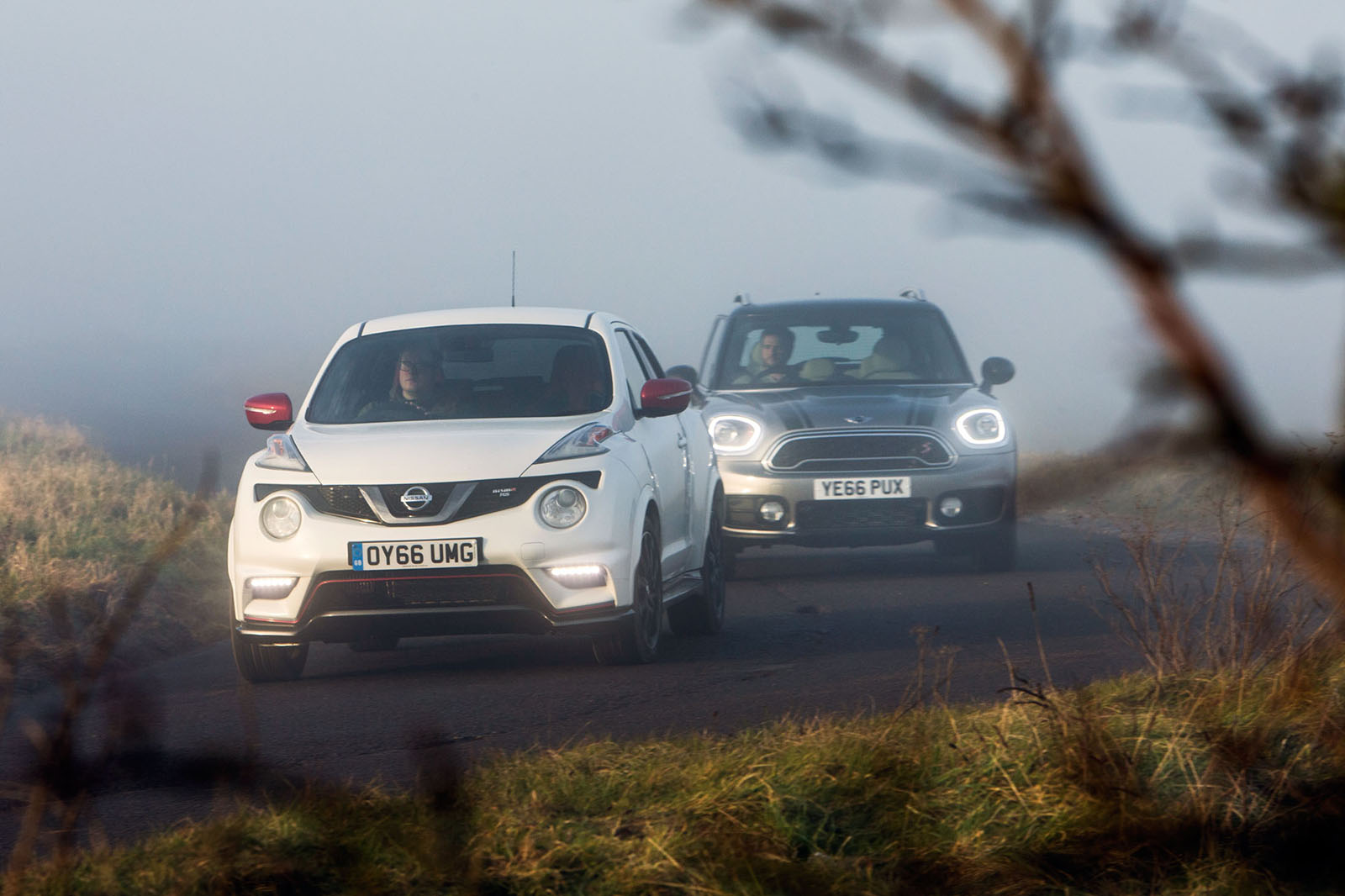
For all the peak power the Audi’s engine gives up to both of its competitors, it actually holds its own where it really matters. It makes enough mid-range torque to haul the Q2 along pretty smartly, and although you’d never really confuse this for a performance car, there’s certainly enough grunt here to have fun with.
Overall, the Audi’s engine is less rewarding than those of its rivals because it revs a bit unwillingly throughout the upper section of its range. Mostly, though, it’s because the it’s afflicted by even more pronounced turbo lag below 2000rpm than the Nissan. Climb a moderately steep incline from much lower than that point on the tacho and you can stall if you’re not careful. Plenty of stirring of that six-speed manual gearbox is advisable for Q2 drivers – and, a touch annoyingly, the gearbox turns out to have a slightly notchy, obdurate action.
Greater flexibility and a more even production of power comes exactly where you expect it, from the bigger-capacity four-cylinder Mini. The Countryman’s engine pulls smartly, cleanly and with urgency from well below 2000rpm, and with consistent force right the way up to 6500rpm. The perfect petrol engine would probably be less consistent – less objectively good, I guess – and more exciting; not as mannered as the Juke’s but offering more of a theatrical crescendo. But theatricality may be for the Countryman JCW. The Cooper S has to know smoothness and good manners, too, and it still has enough fire and brimstone in its cultured rasp to keep you coming back.
There’s also much to like about the Mini’s driving position. Last week, in our UK first drive, I criticised it for being too recumbent and not convenient enough for the crossover hatchback crowd. But assuming your agenda is a sporting one, the layout of the seat and controls, and the adjustability of both, may be exactly what you want.
With the driver’s seat at its lowest, you lower yourself into the Mini as you might in a normal hatchback – the steering wheel upright in front of you, your legs pretty straight out. Alternatively, with the seat ratcheted up – and the Countryman’s plentiful head room allows even drivers my size (6ft 3in) to sit higher if they choose – you feel more like you’re upright at the controls, with a good view in all directions, sitting in typical crossover style. Best of both worlds, then.
The Audi gives you no option to sit as low, although its driving position is otherwise adjustable and very sound. The Nissan has a promising bucket seat, but the good news ends there. There’s no telescopic adjustment for the Juke’s steering column at all, and limited leg room for taller drivers. So you end up bentlegged and a bit hunched over the Juke’s controls, wondering exactly how the position you’re adopting is really any more comfortable than you might be in a late-1980s supermini.
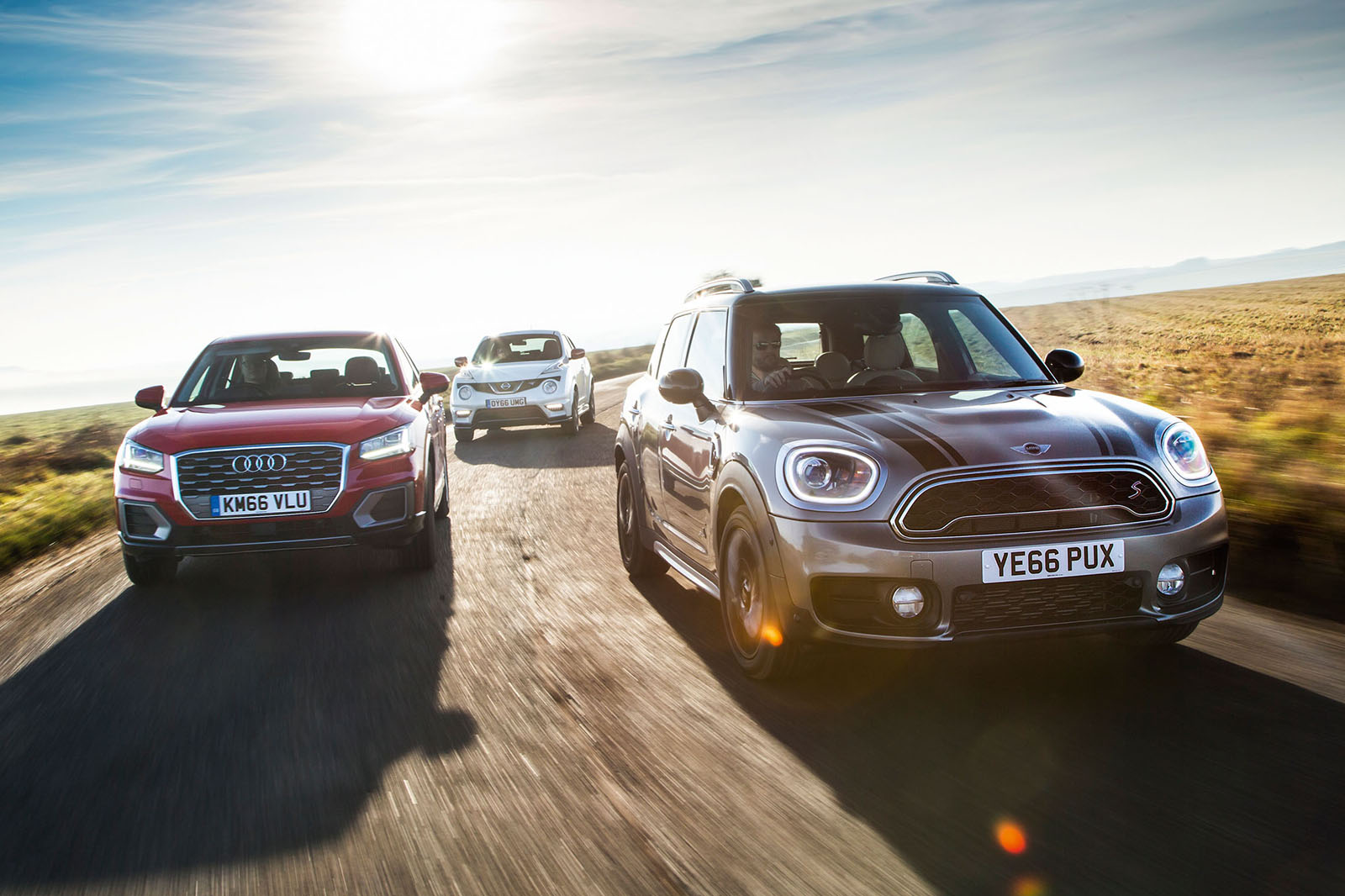
The Juke’s hit of nostalgia doesn’t end there. The Nismo RS rides with the oily, cradled sense of purpose that can be conjured by only an expensive set of dampers. It steers with twice as much contact patch feedback as the Countryman Cooper S. In both respects, it feels like a much more serious performance machine than the Countryman or Q2. At times, you can really enjoy the way the Juke’s suspension settles down to work on a B-road, over undulations that the Audi seems to bound across and the Mini acknowledges only begrudgingly.
But at other times, around faster bends and away from junctions particularly, the Juke seems totally, hopelessly at war with itself. The car’s front tyres generate about half of the lateral grip and traction needed to put down its power and then carry it smoothly through a quickish, longish, averagely adhesive third-gear bend. But somehow that’s enough grip to make the steering wheel dart and squirm in your hands with every off-centre dab of power you apply and over every mid-corner bump.
The Juke is given to cornering with understeer in a steady state. Add throttle into the mix and it can often dive for the weeds quite precariously. Net result? You drive with necessary patience and inevitable frustration when all the electronic aids are on, locked in a continual balancing act between trying to smooth out the boost and trying not to activate the ESP. With the nannies deactivated, meanwhile, you embrace the Juke like a criminal might a suspended sentence – warts, wheelspin, understeer, torque steer and all.
The Audi is far more dynamically competent. It’s vastly less likely than the Juke to frighten you, sure, but similarly unlikely to excite you. The Q2’s suspension feels longer of travel than either the Mini’s or the Nissan’s and yet it doesn’t lope. Firm springing and quite wooden, abrupt damping allow the car to corner crisply and keep decent lateral body control. Grip seems equitably shared between the axles and you can harry the car along happily enough without noticing the moments when the traction control pops in and out. But the car rebounds too readily to feel at home on a really testing road. It also steers strangely – precisely and with directness, but with a leaden weight and almost no attempt at feedback.
Pretty low benchmarks both, therefore, for our Mini to measure up to, but we already knew that much. So is the strength of the Countryman’s powertrain echoed in its chassis? Is this the car to finally put the crossover hatchback on the petrolhead’s radar? Truth is, I doubt it – although the car’s handling poise is easily good enough to earn it the spoils today.
The Countryman does what Minis do: it corners quick, flat and fast, has tenacious grip and steers like it’s on a hairline trigger. It handles small and medium-size bumps fairly well, and certainly better than its range mates and well enough to earn some recognition as a more rounded, grown-up car to drive than other Minis, but it still trips up and fusses over larger and sharper intrusions. The previous Countryman was a much less coherent, less well-resolved thing to drive, rolling harder, steering less keenly and generally pulling off Mini’s dreaded ‘go-kart’ impression much less well. So you can only congratulate Mini on ending up with what, I’m sure, was precisely the car it intended. In its way, the Countryman is an impressive thing: agile, terrierish and ‘Mini’-like to its core, despite its size.
But it’s not the fast crossover hatchback as you or I might idealise it: something that’ll engage with an uneven road a bit like an Ariel Nomad or a junior rally car, rather than fidget and toss over bigger bumps like they’re the distractions between the corners it really turned up for. Mini has executed the Countryman Cooper S in the only way it knows: like a conventional hot hatch. And driving it is fun. But it makes me wish someone would come along, take a risk and do things a bit differently – and sooner rather than later.
1st Place - Mini Countryman Cooper S ALL4 auto
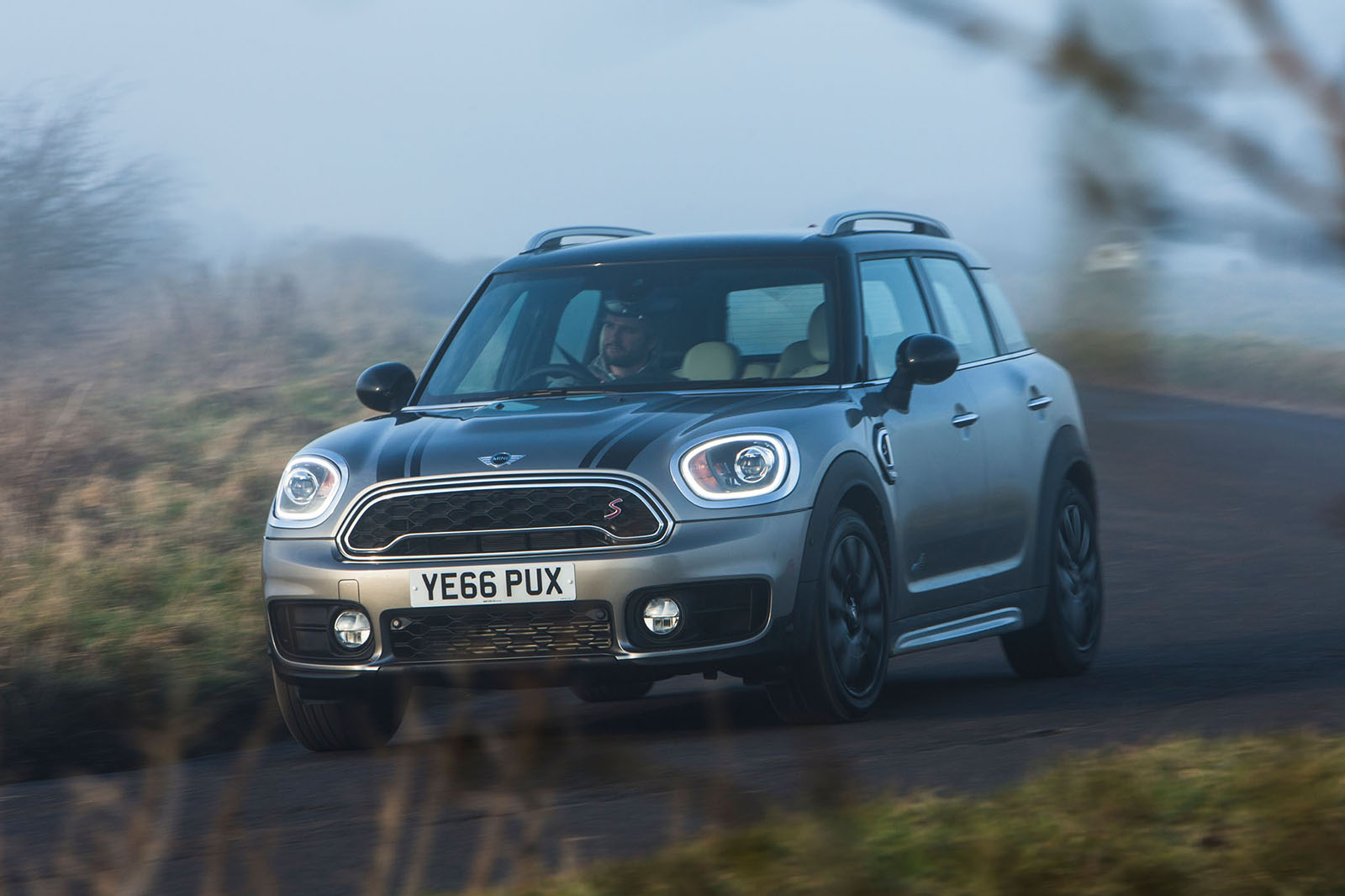
Rating 4/5 Price £28,025 Engine 4 cyls, 1998cc, turbo, petrol Power 189bhp at 5000rpm Torque 207lb ft at 1350rpm Gearbox 8-spd automatic Kerb weight 1530kg 0-62mph 7.2sec Top speed 138mph Fuel economy 44.1mpg (combined) CO2/tax band 146g/km, 28%
2nd Place - Nissan Juke Nismo RS
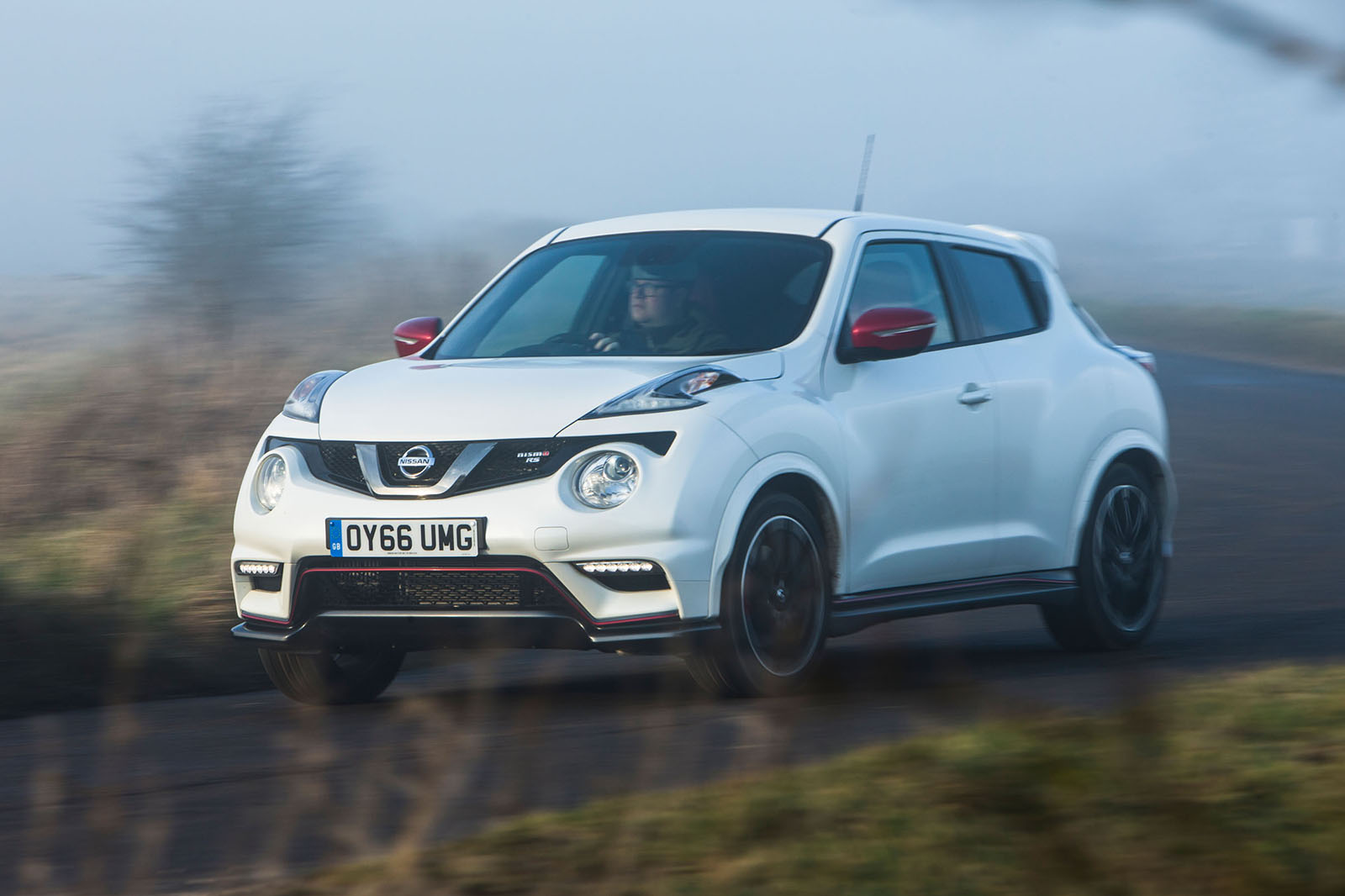
Rating 3/5 Price £22,905 Engine 4 cyls, 1618cc, turbo, petrol Power 215bhp at 6000rpm Torque 207lb ft at 3600rpm Gearbox 6-spd manual Kerb weight 1315kg 0-62mph 7.0sec Top speed 137mph Fuel economy 39.2mpg (combined) CO2/tax band 168g/km, 32%
3rd Place - Audi Q2 1.4 TFSI Sport
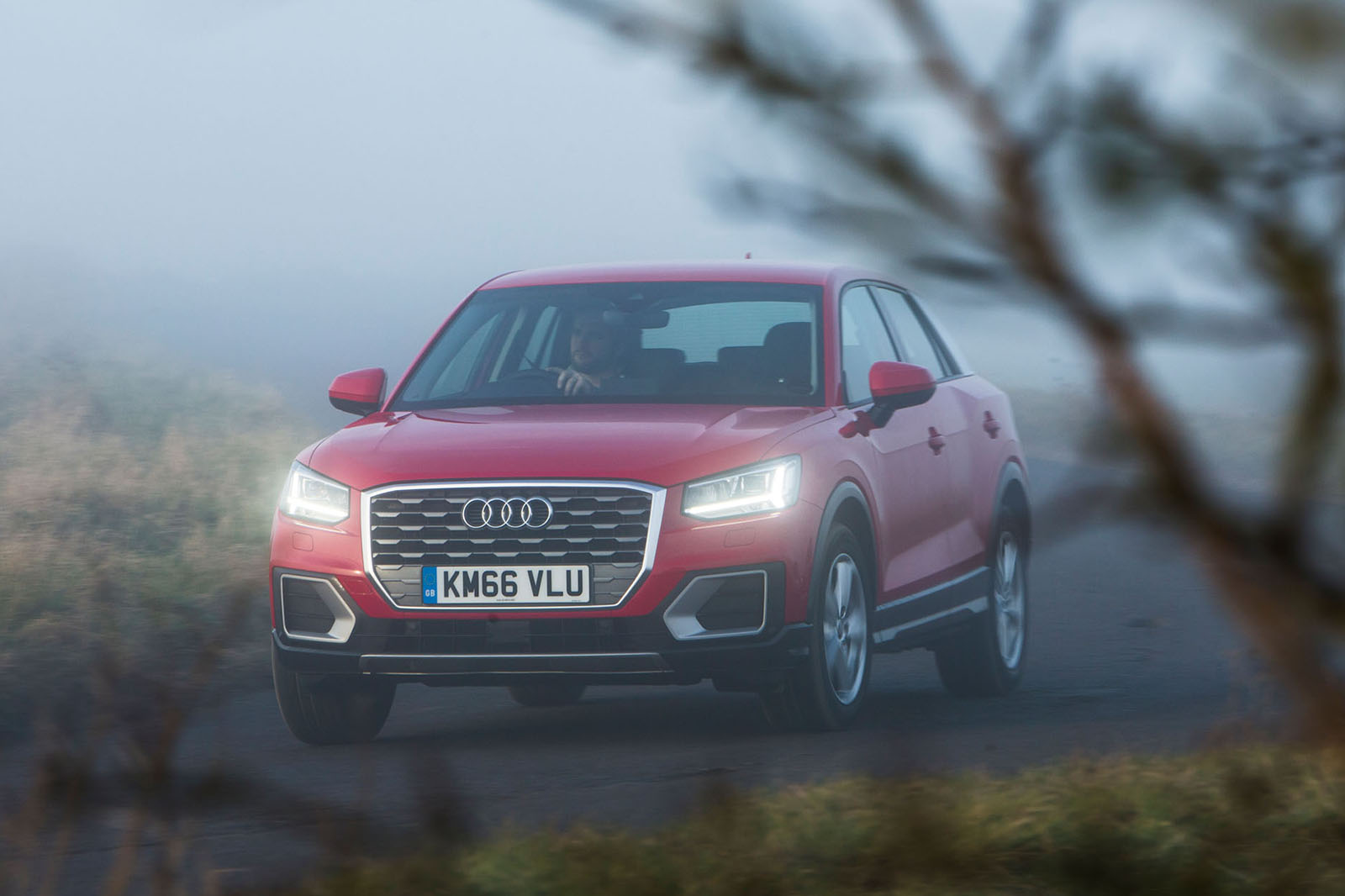
Rating 3/5 Price £24,400 Engine 4 cyls, 1395cc, turbo, petrol Power 148bhp at 5000rpm Torque 184lb ft at 1500rpm Gearbox 6-spd manual Kerb weight 1265kg 0-62mph 8.5sec Top speed 132mph Fuel economy 51.4mpg (combined) CO2/tax band 124g/km, 23%

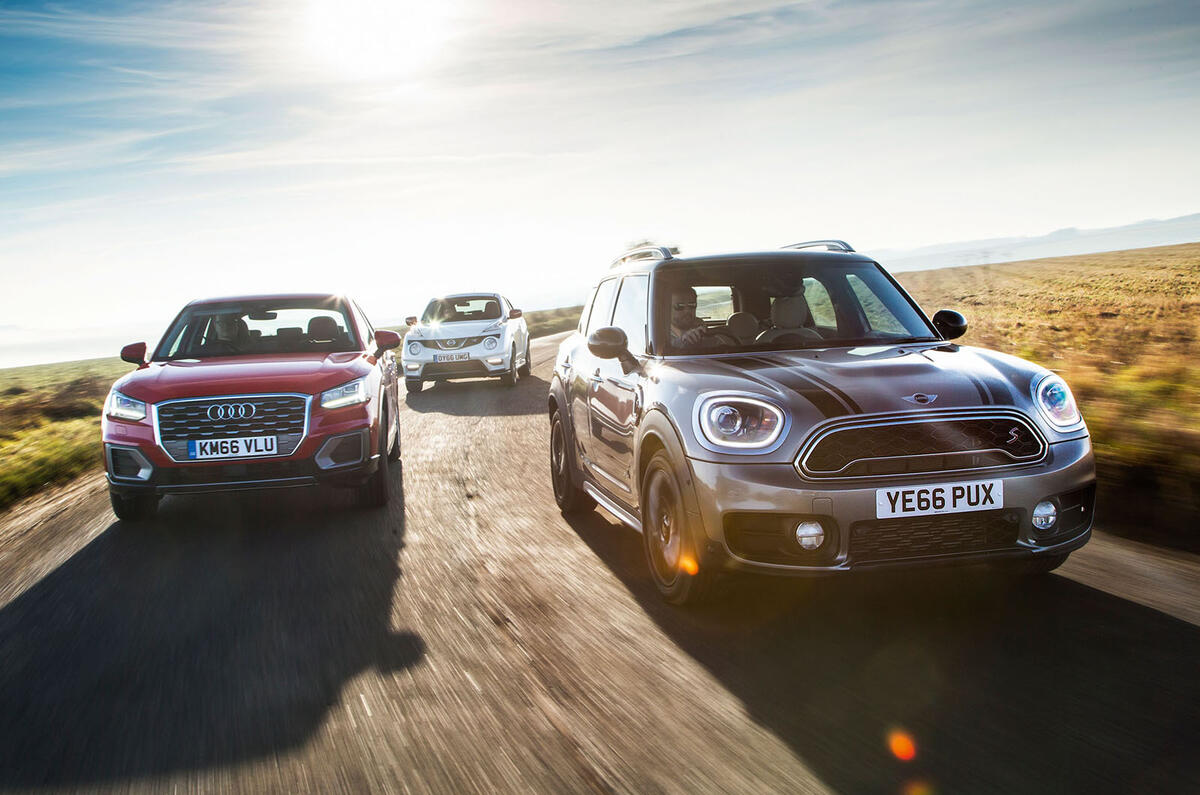
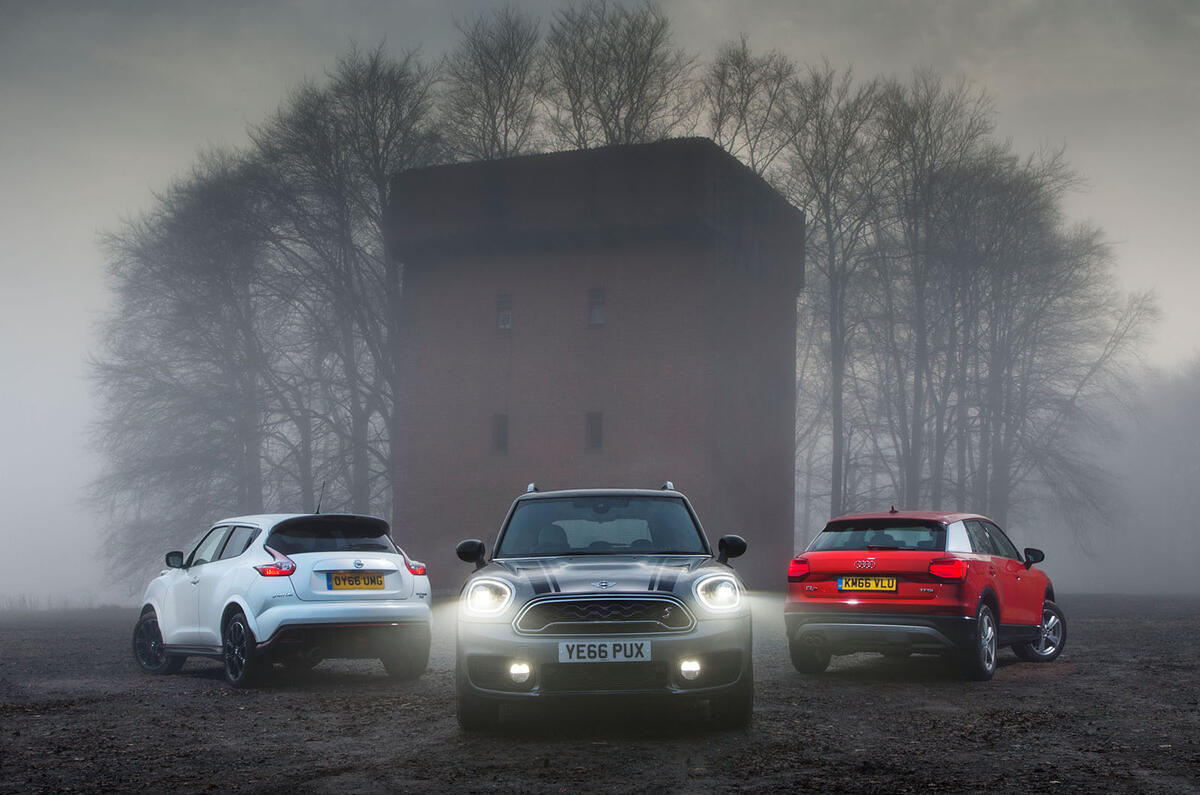
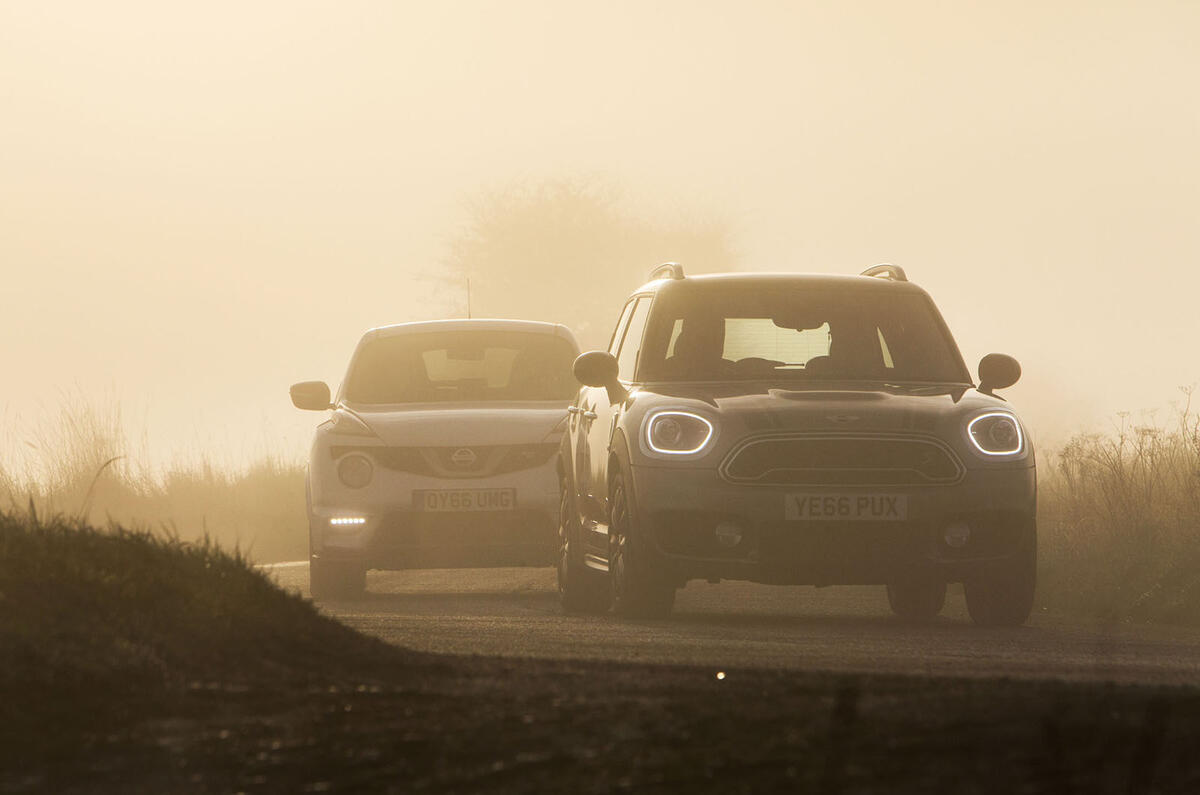
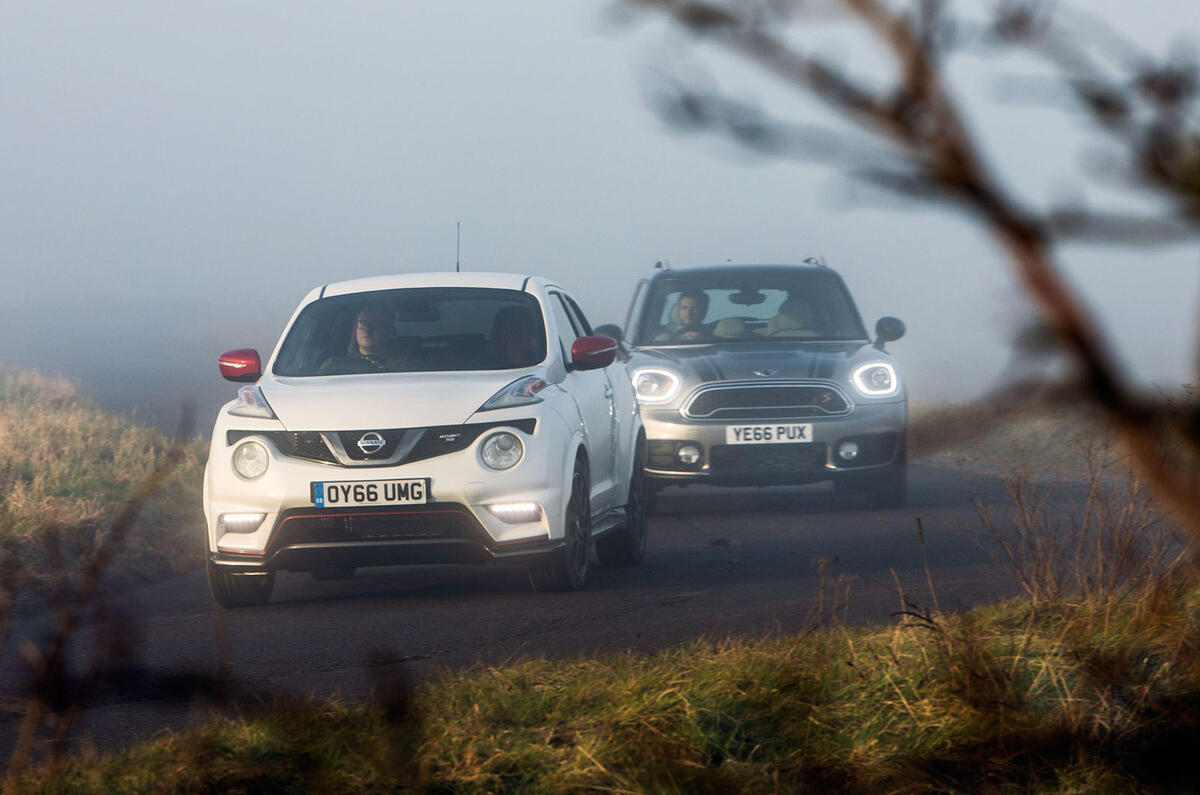

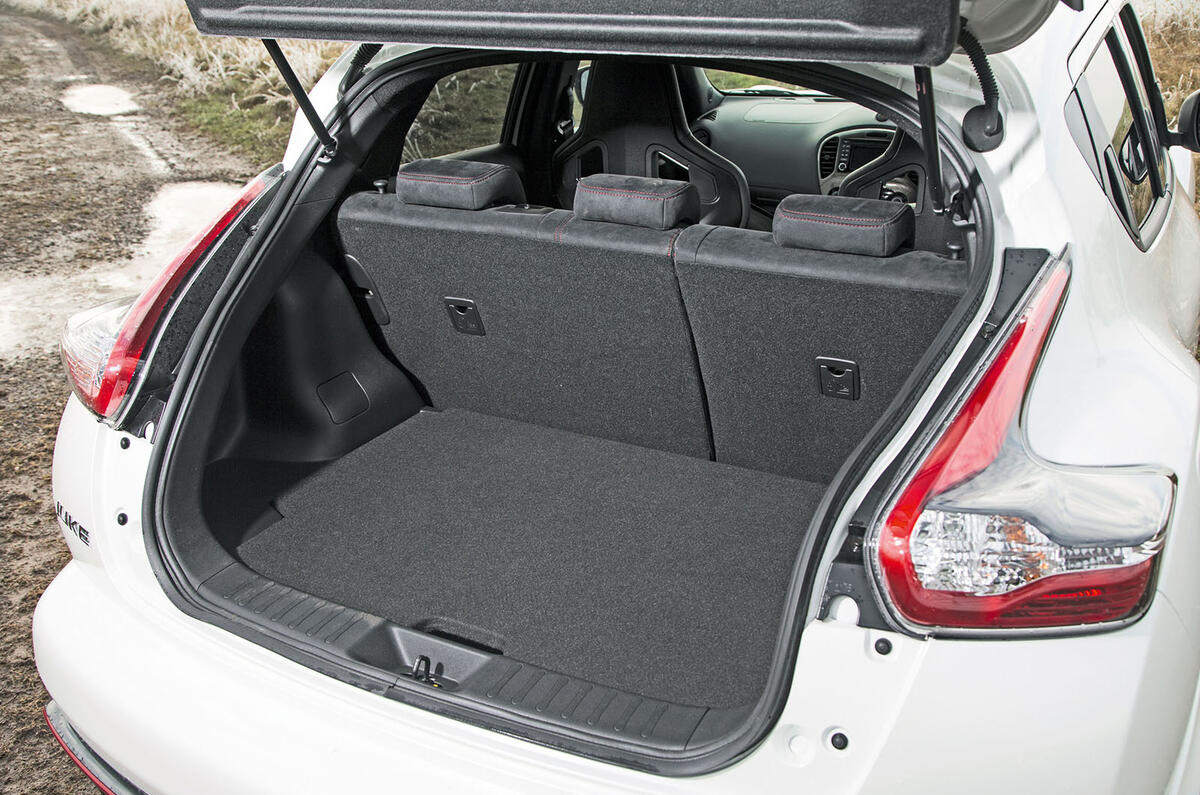
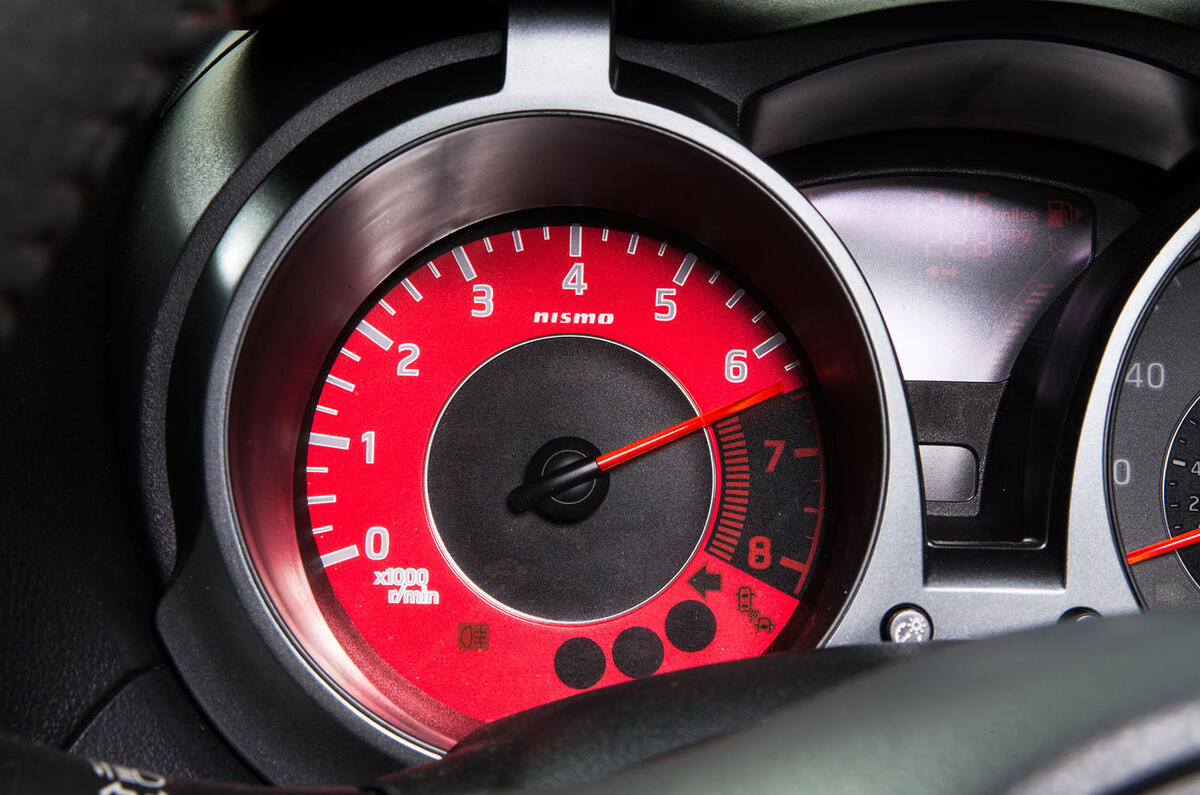
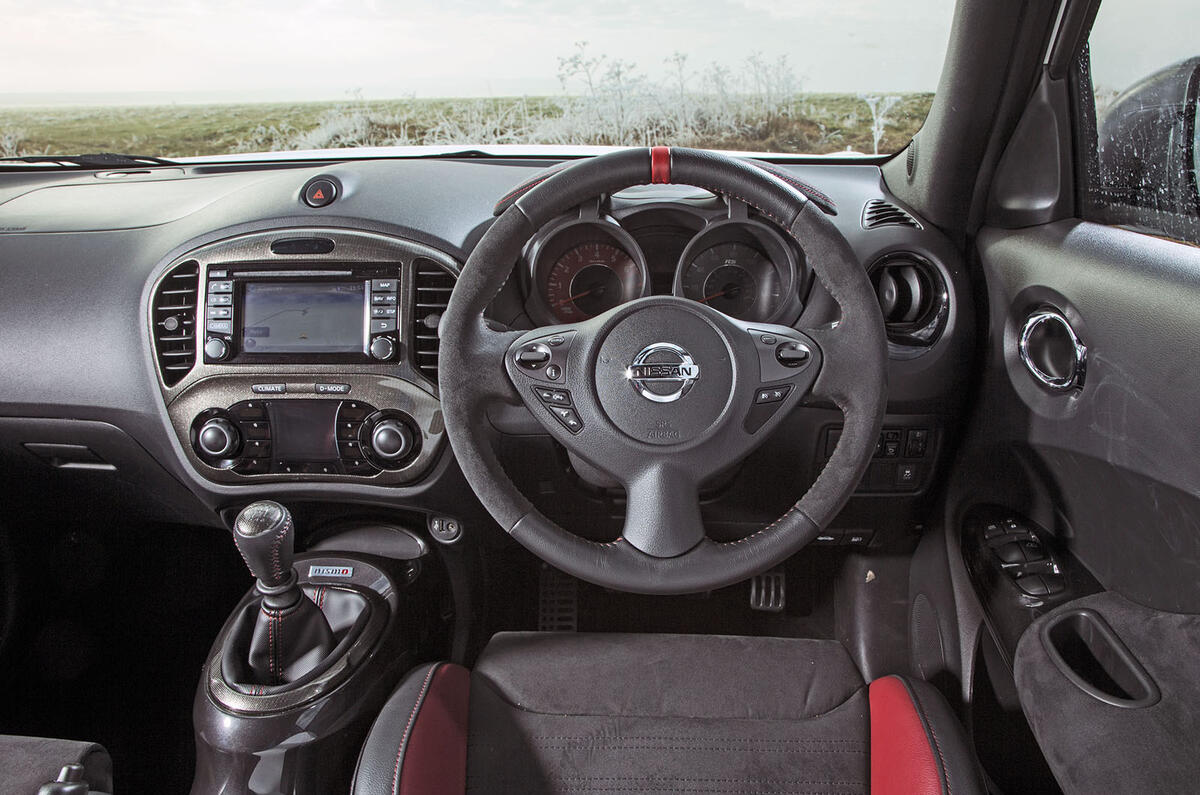
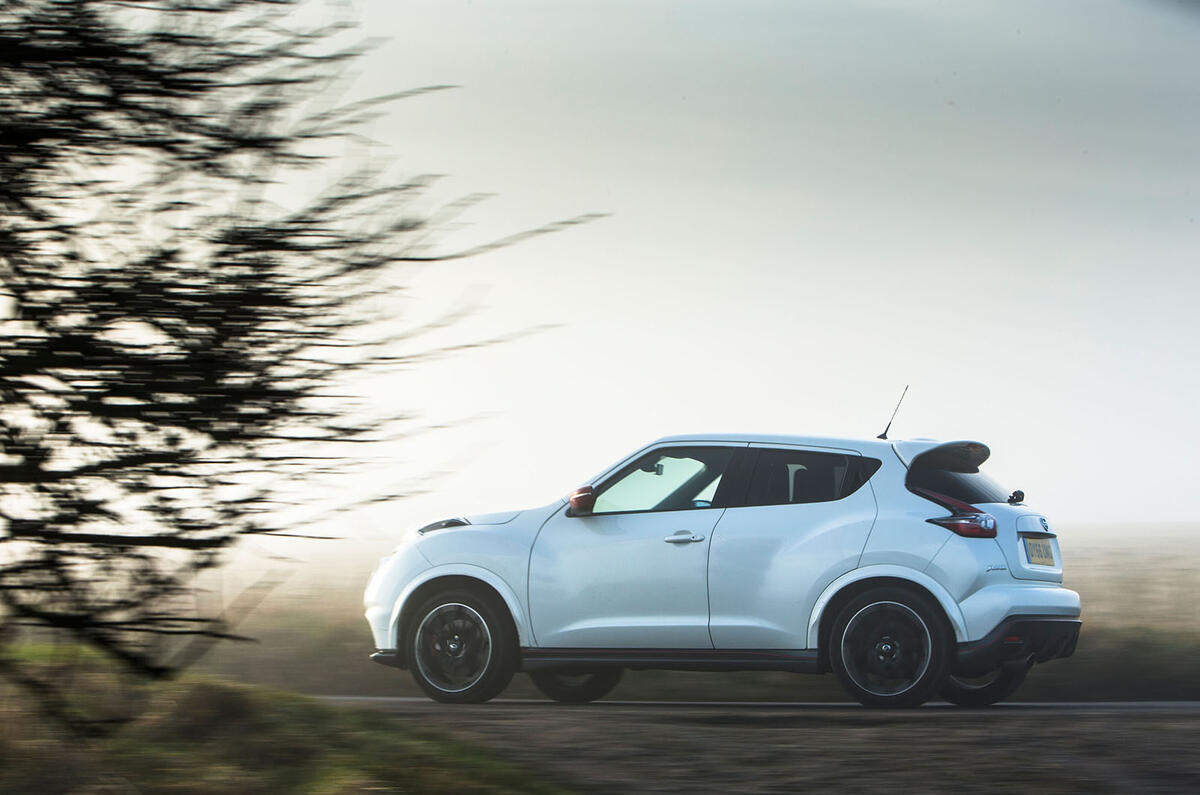
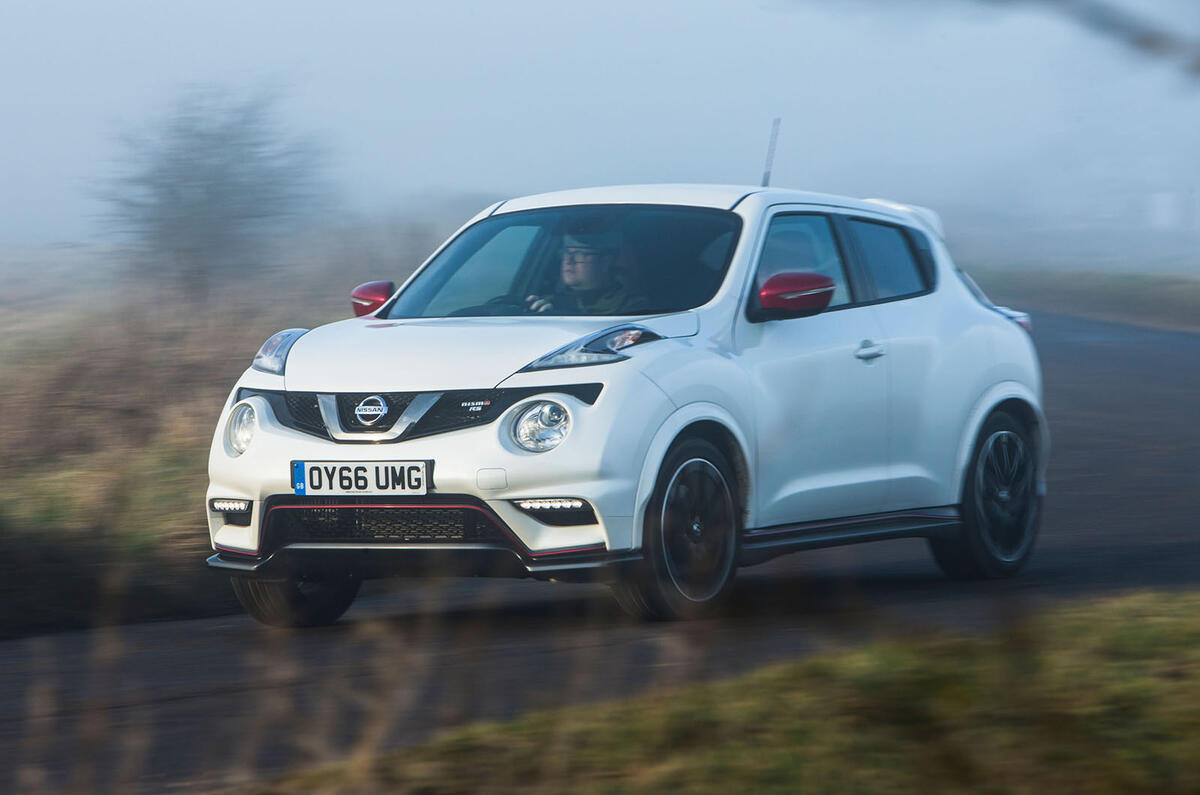

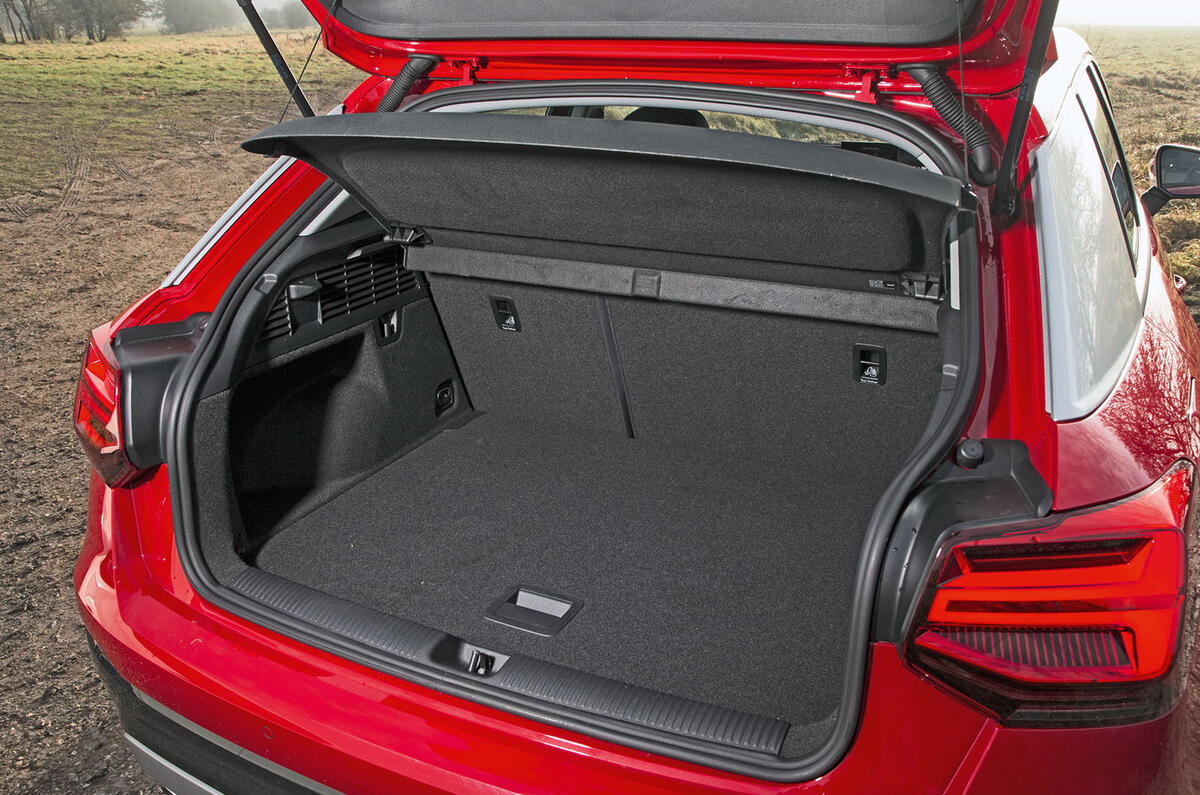
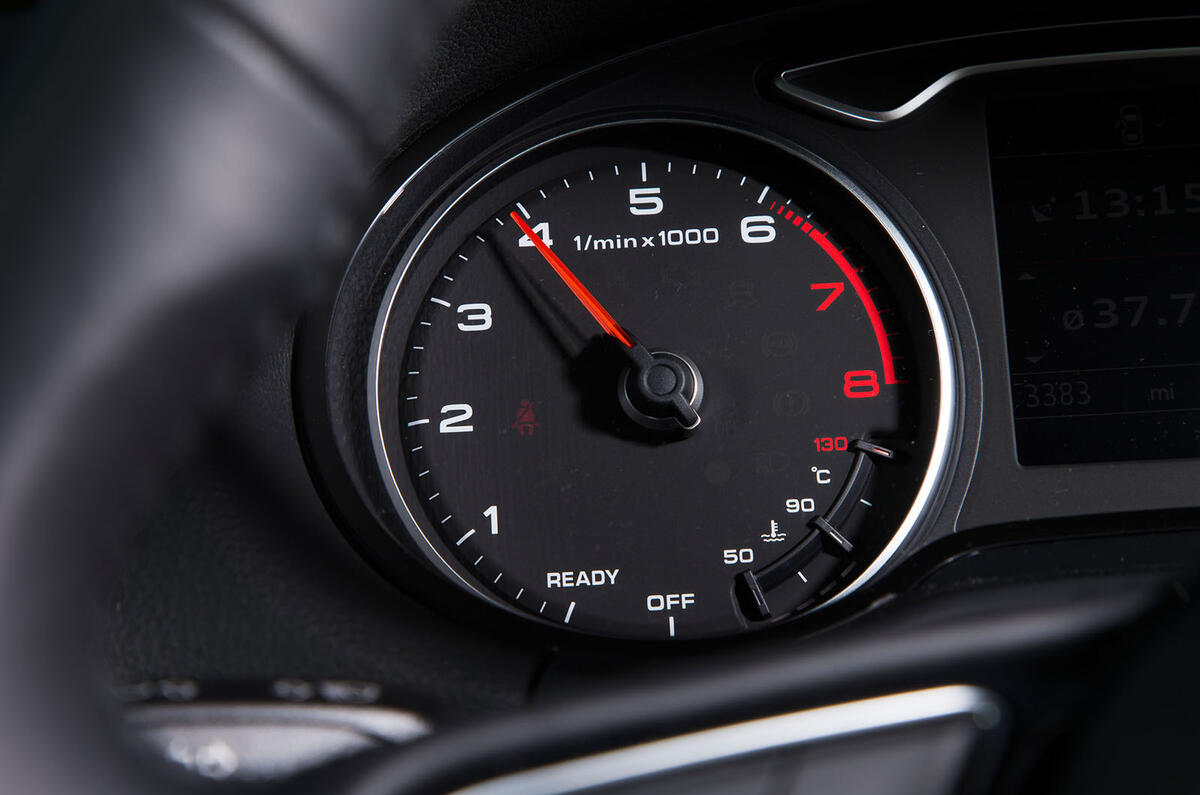
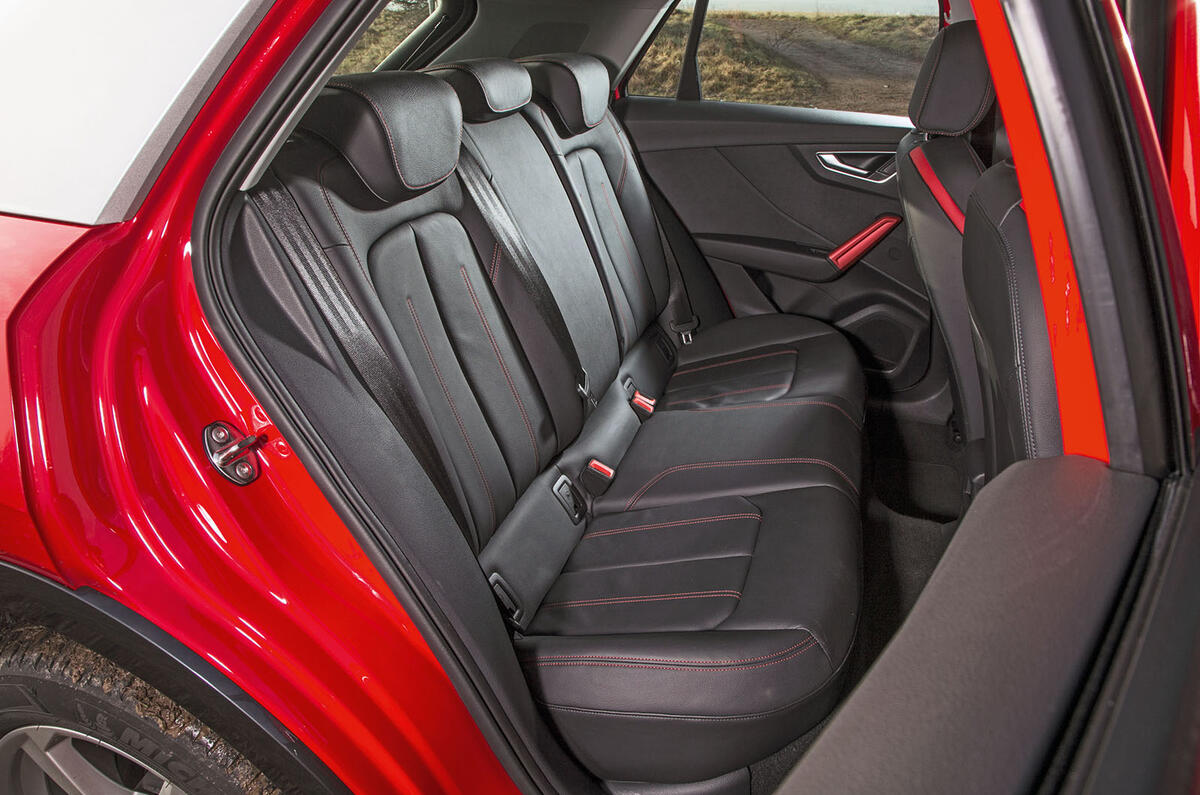
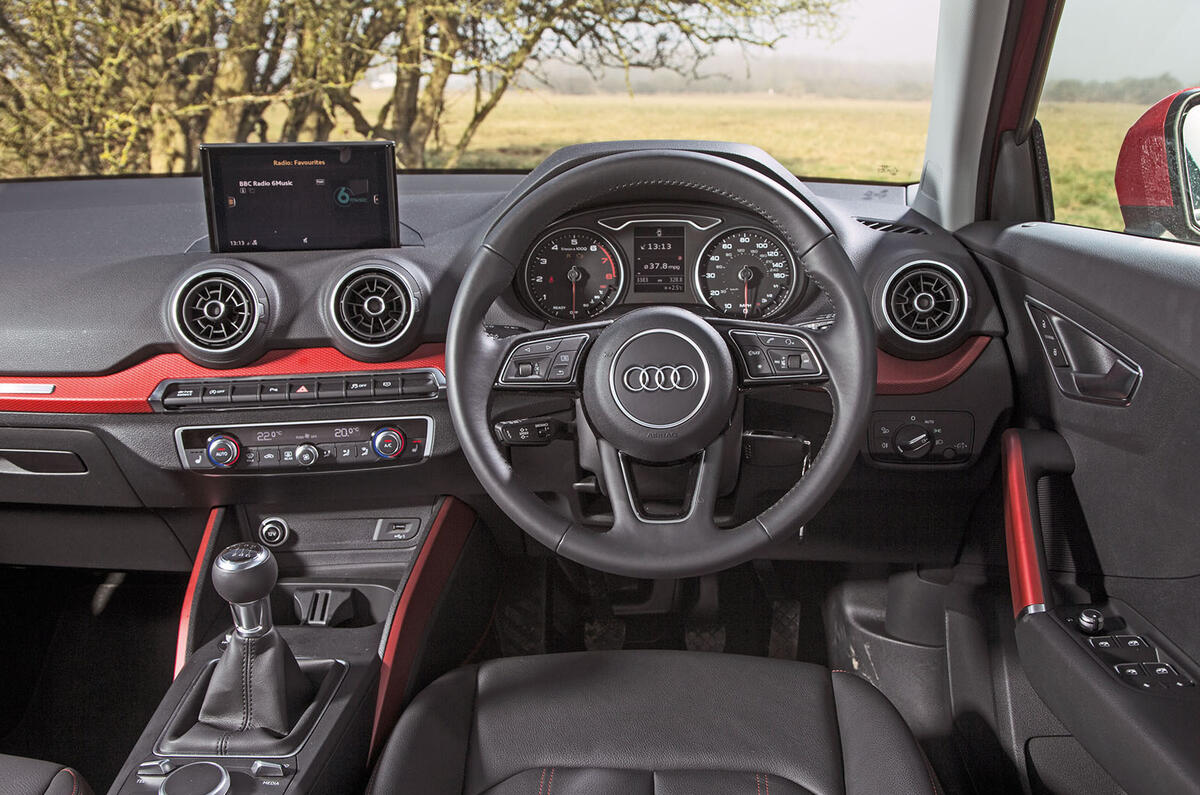
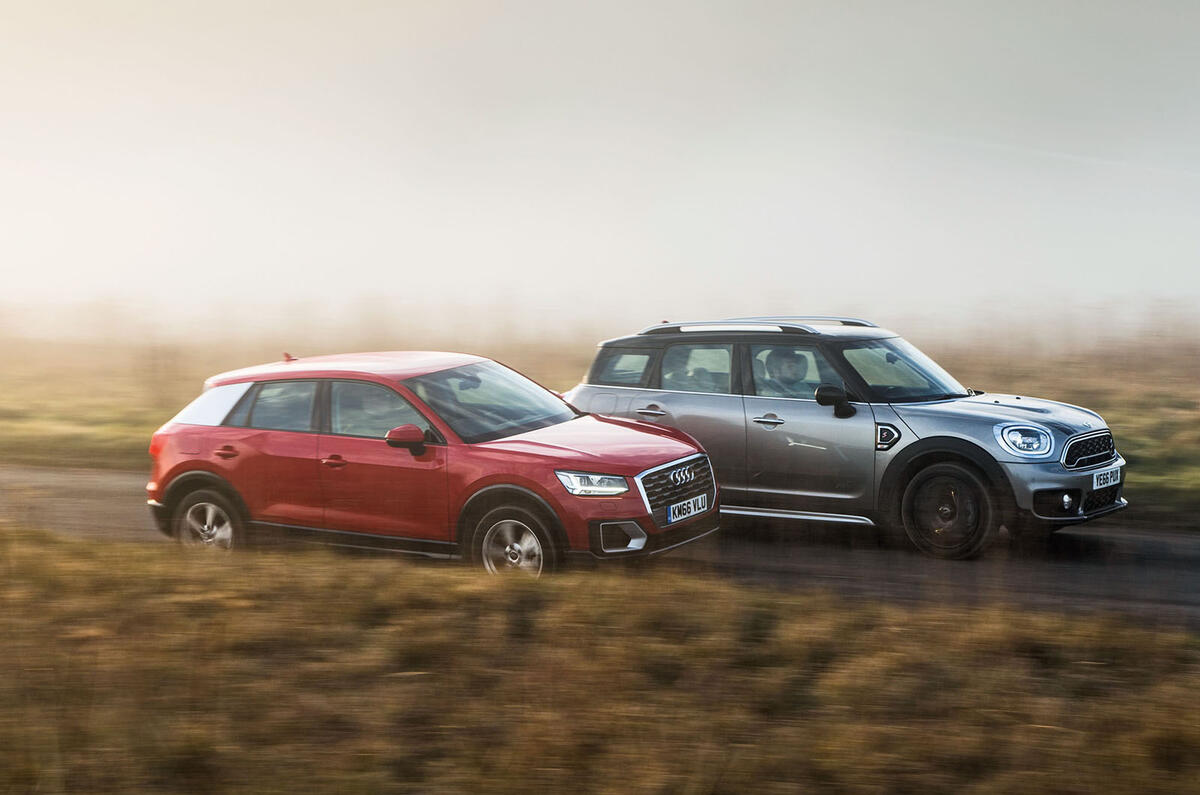
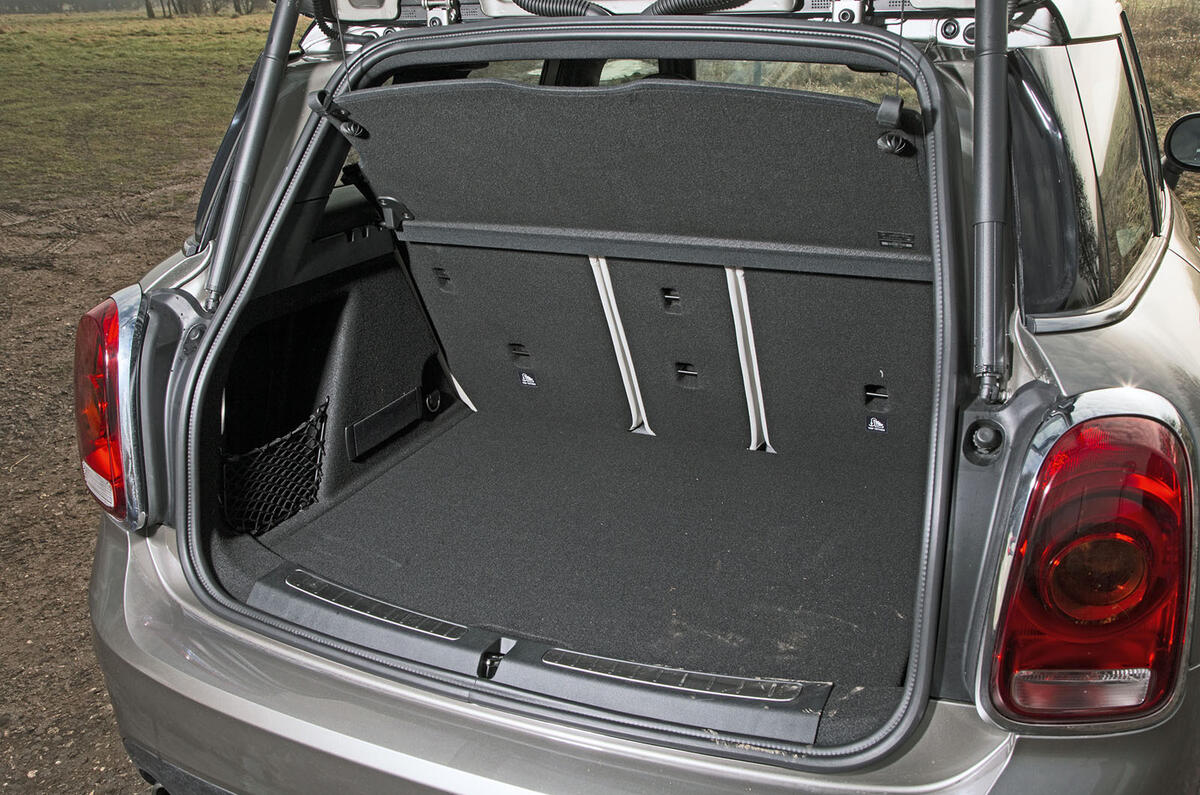
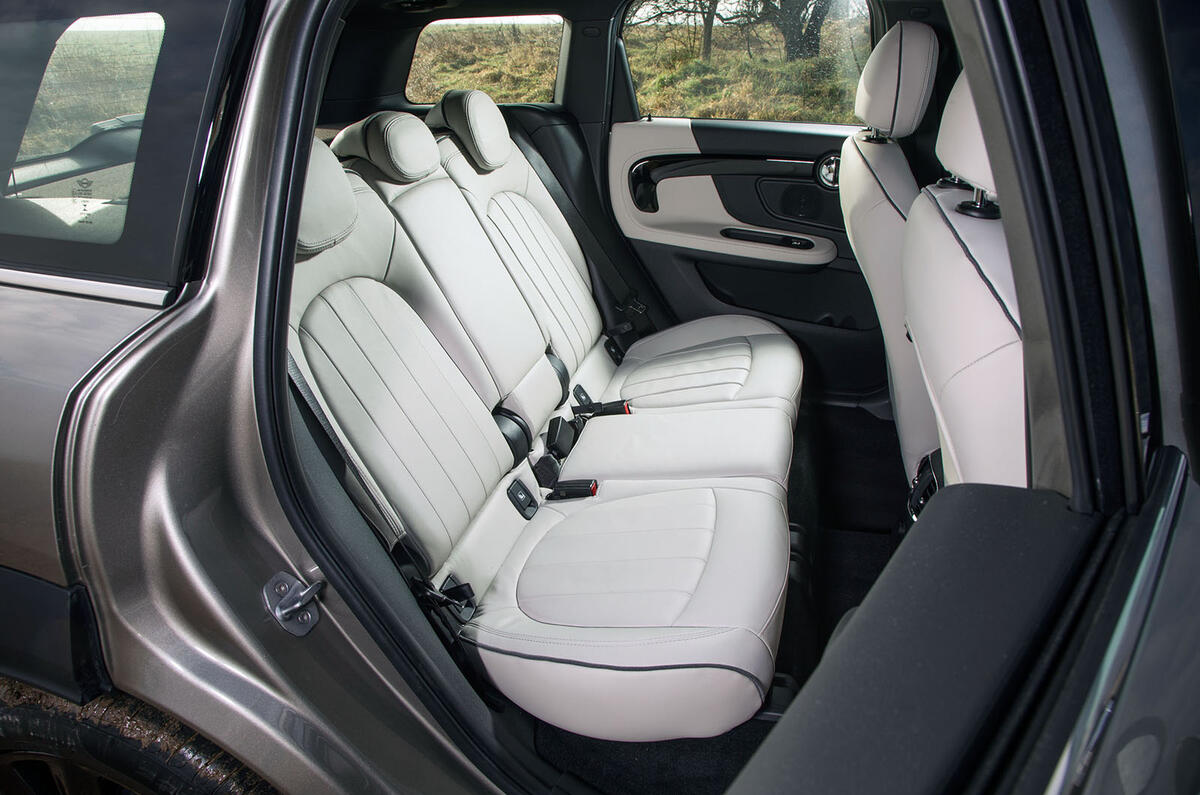
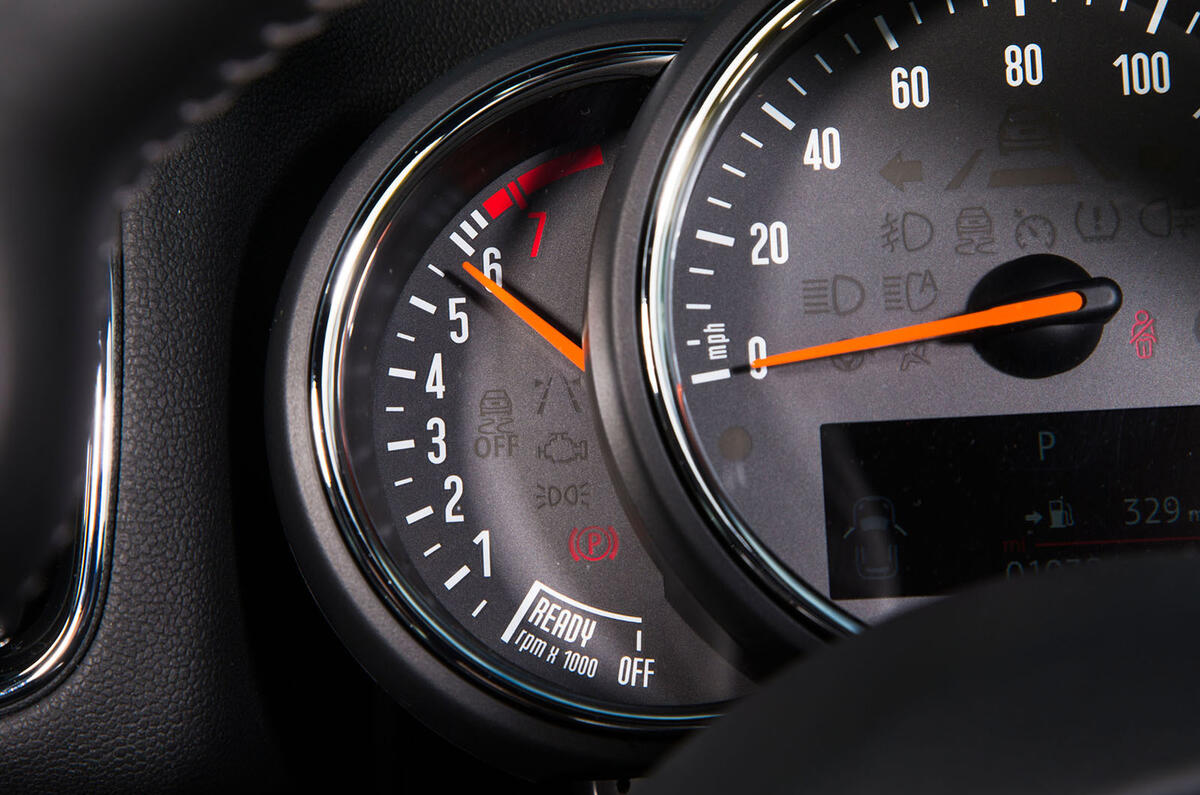
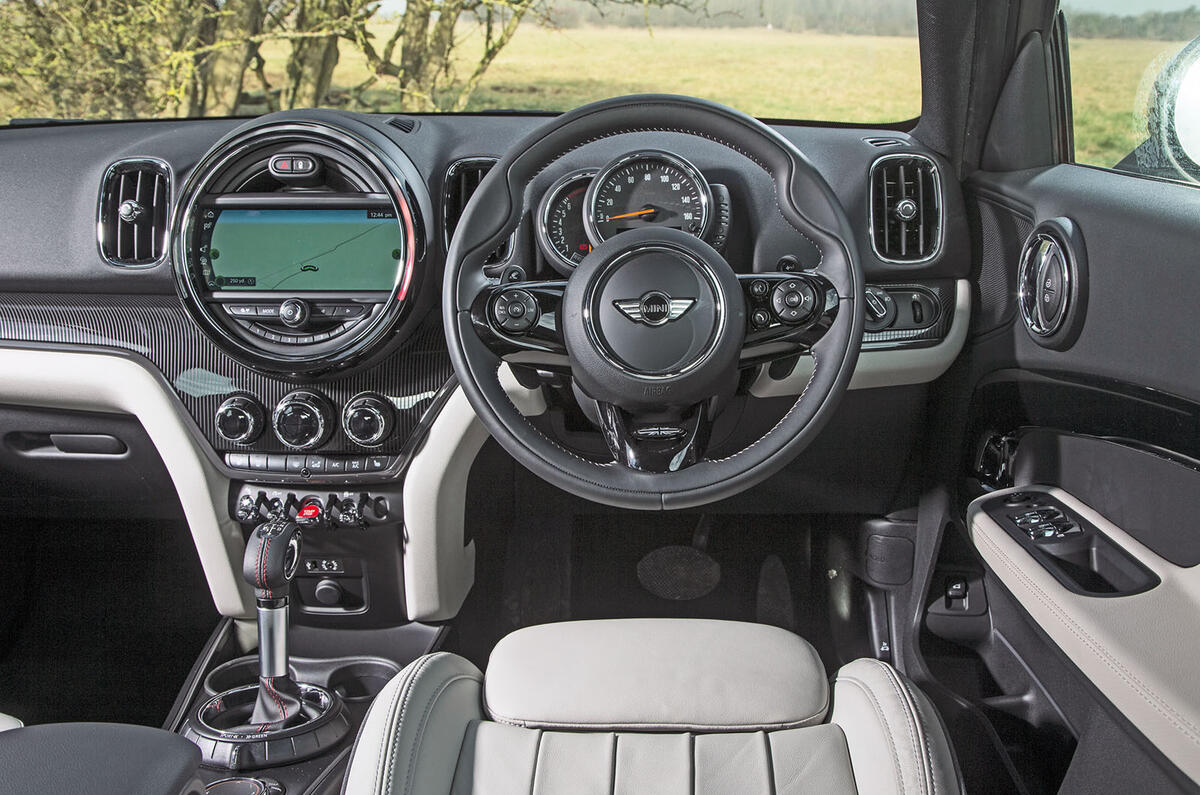
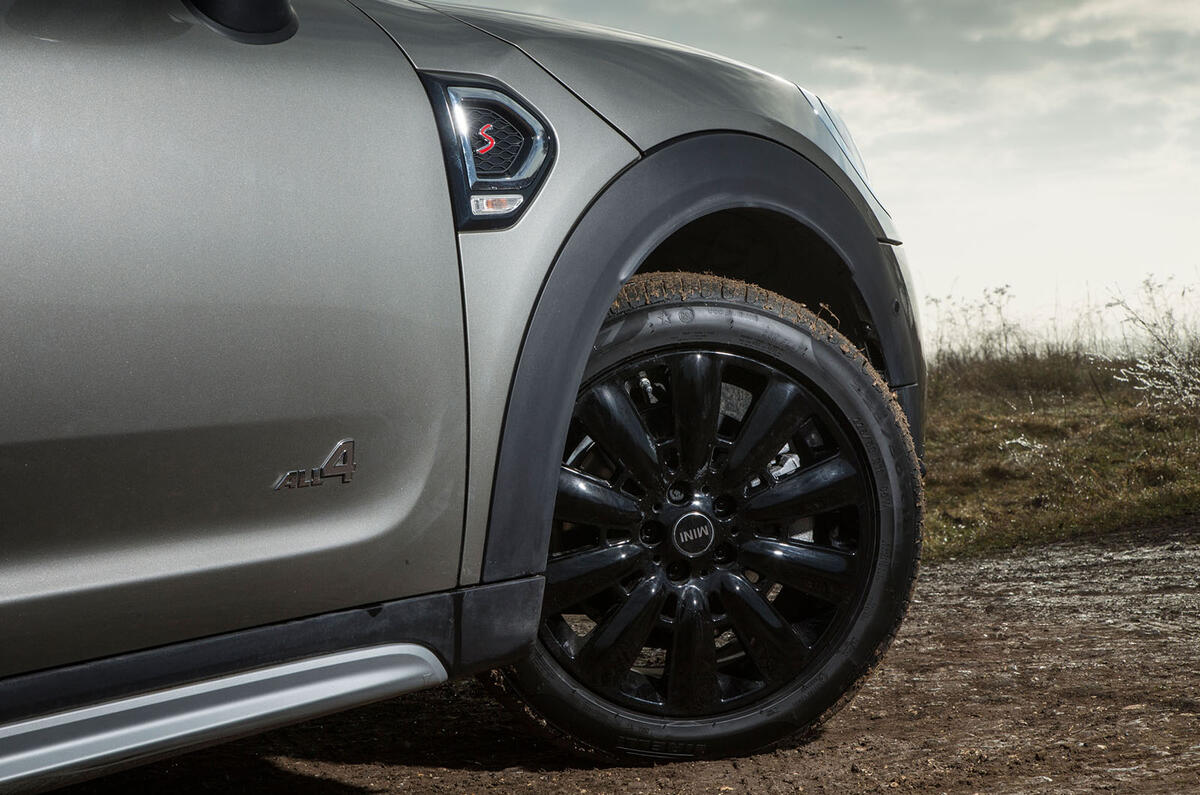
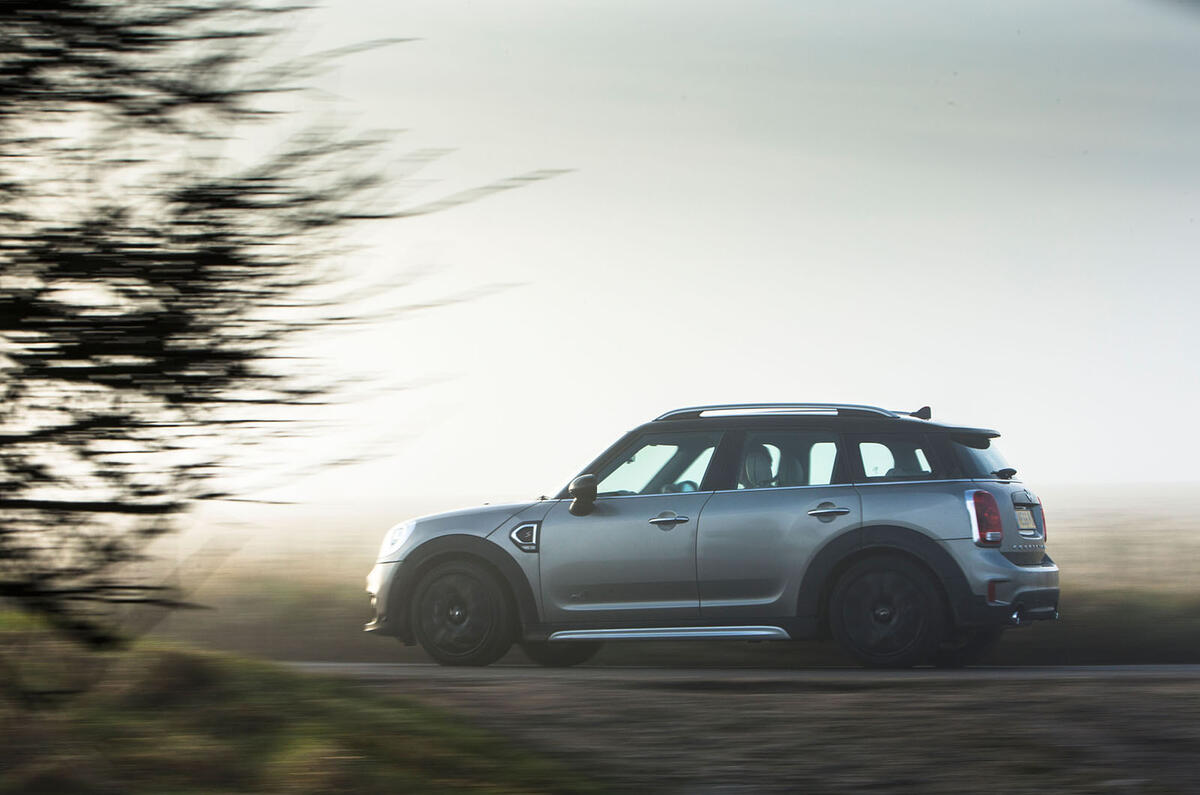
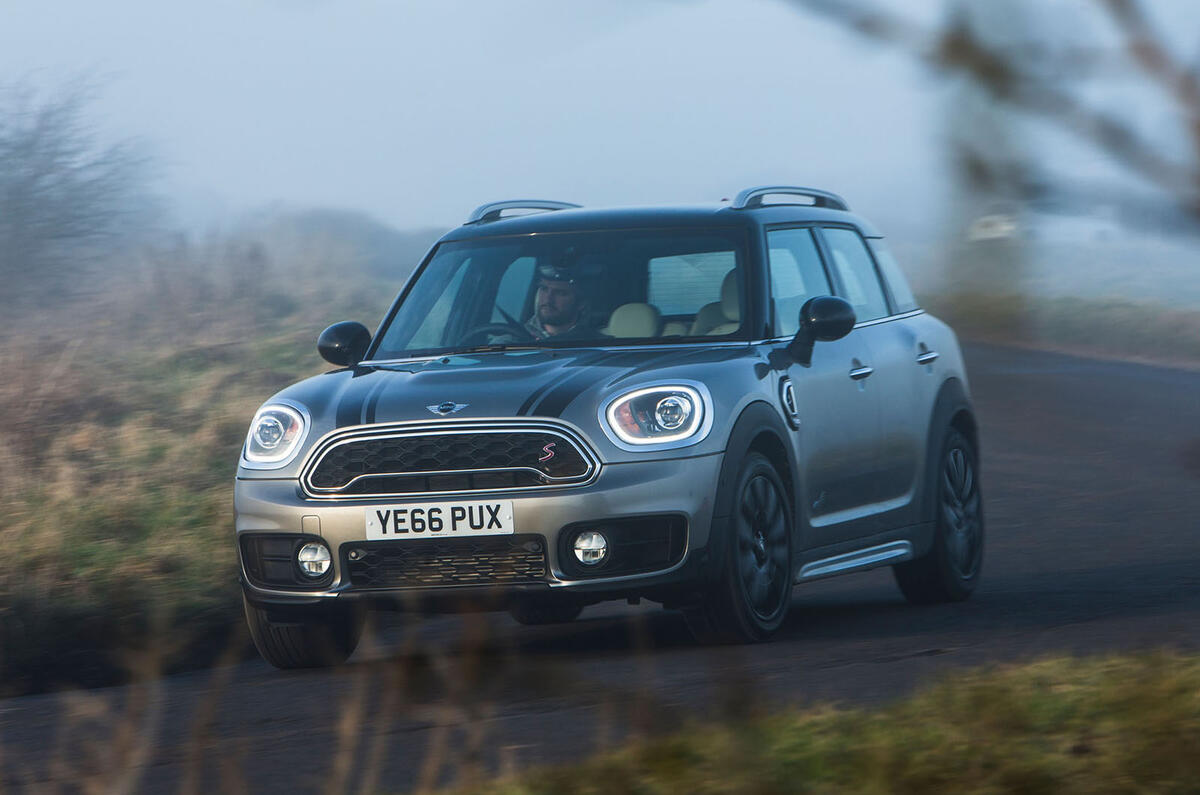
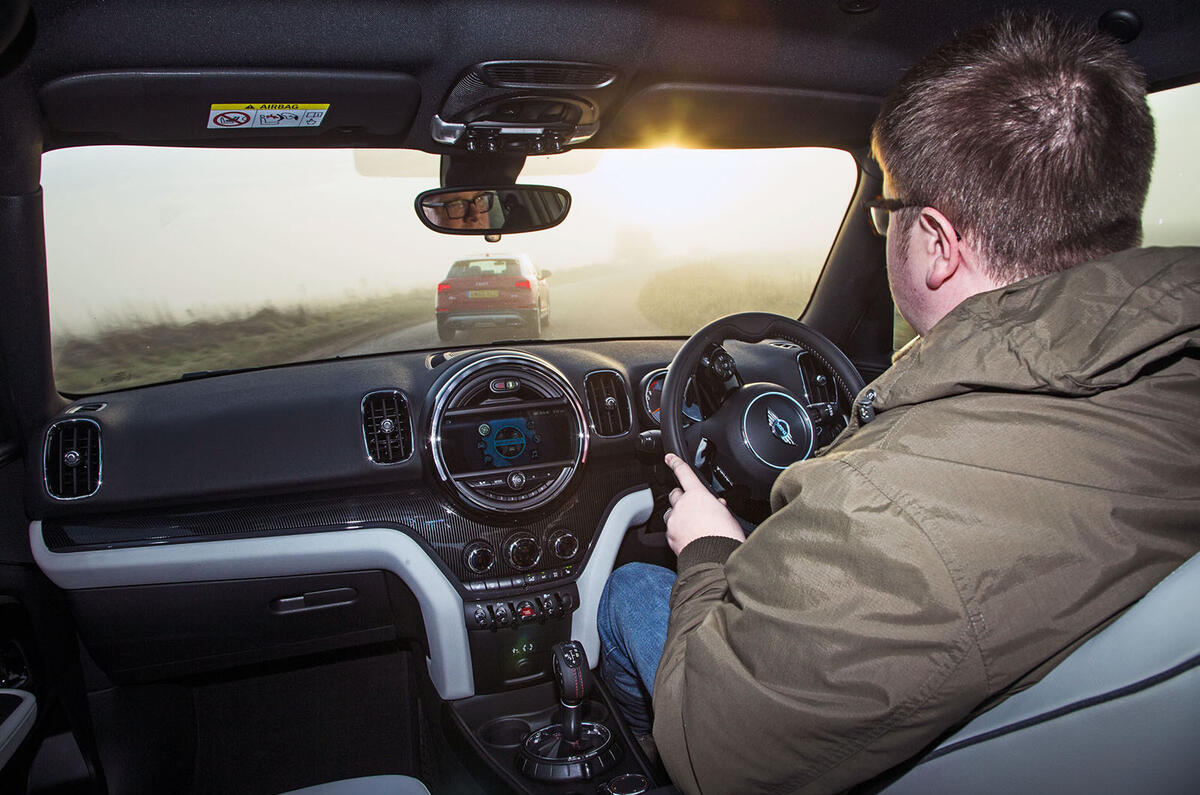
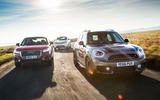
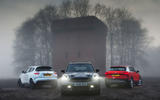

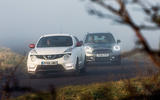
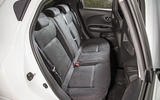
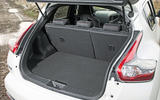

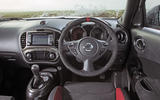
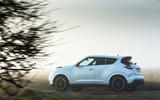

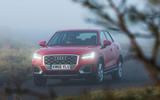
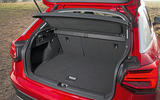
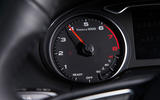
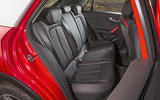
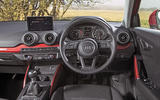
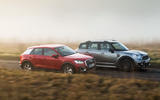
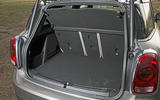
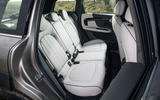
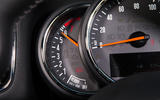
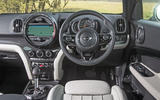

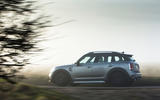
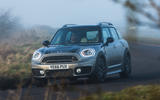
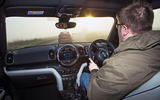






Join the debate
Add your comment
I know looks are subjective
For some reason I like the
Juke styling
The countryman is the only car...